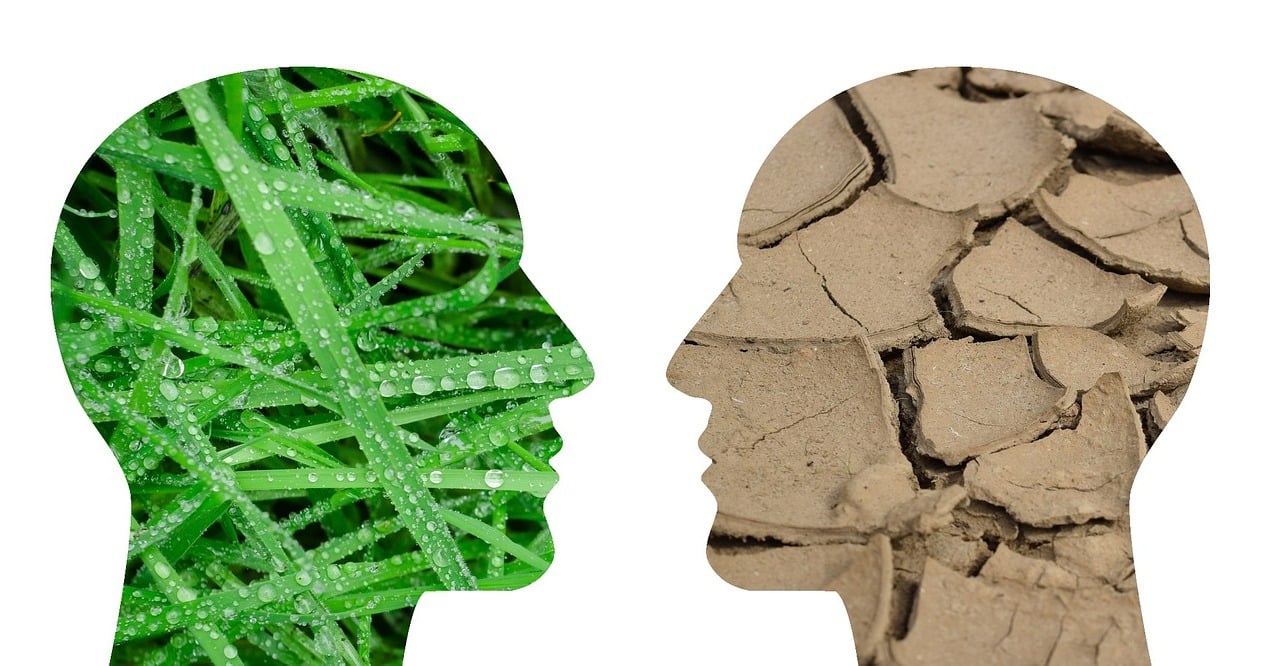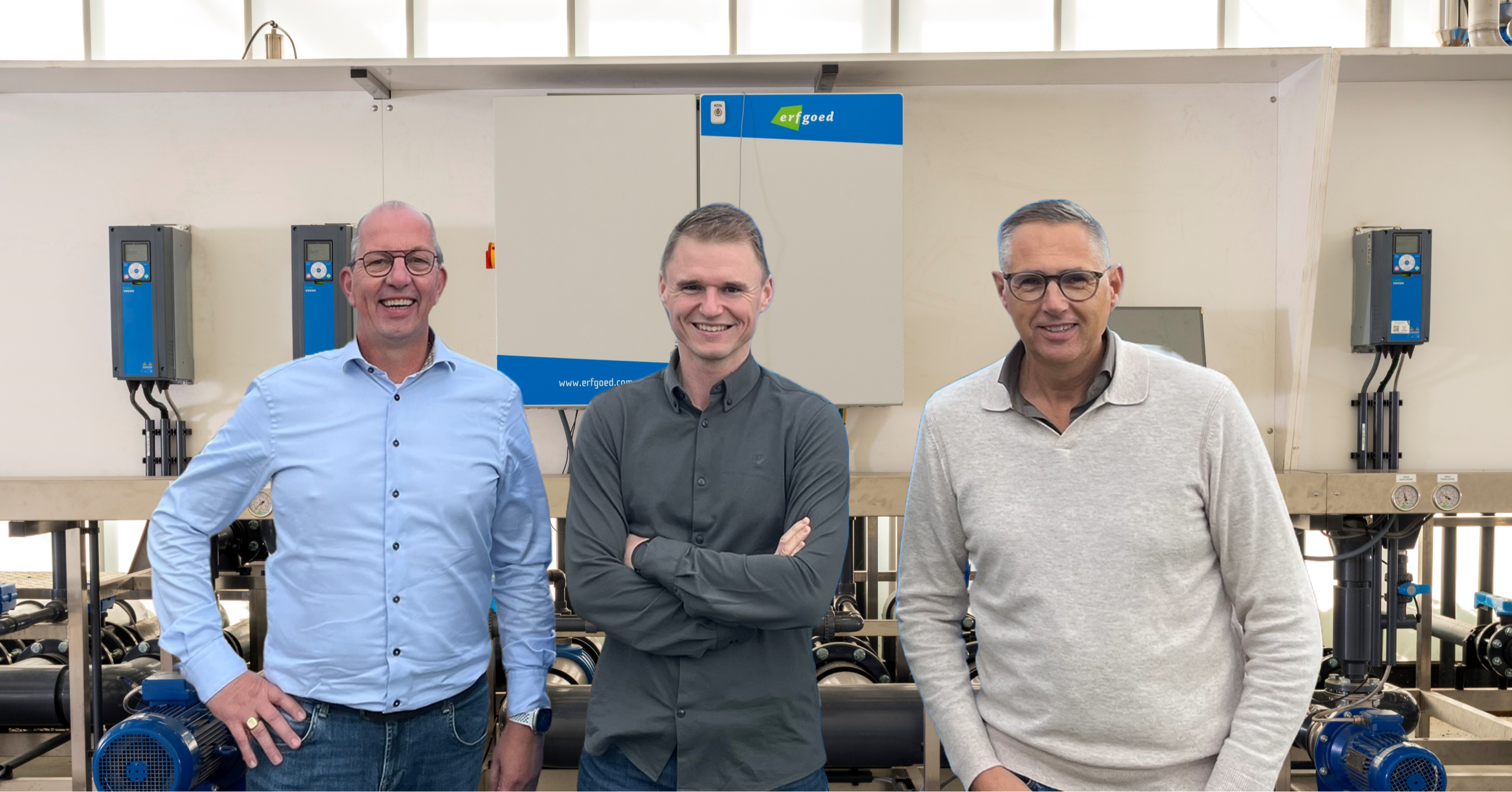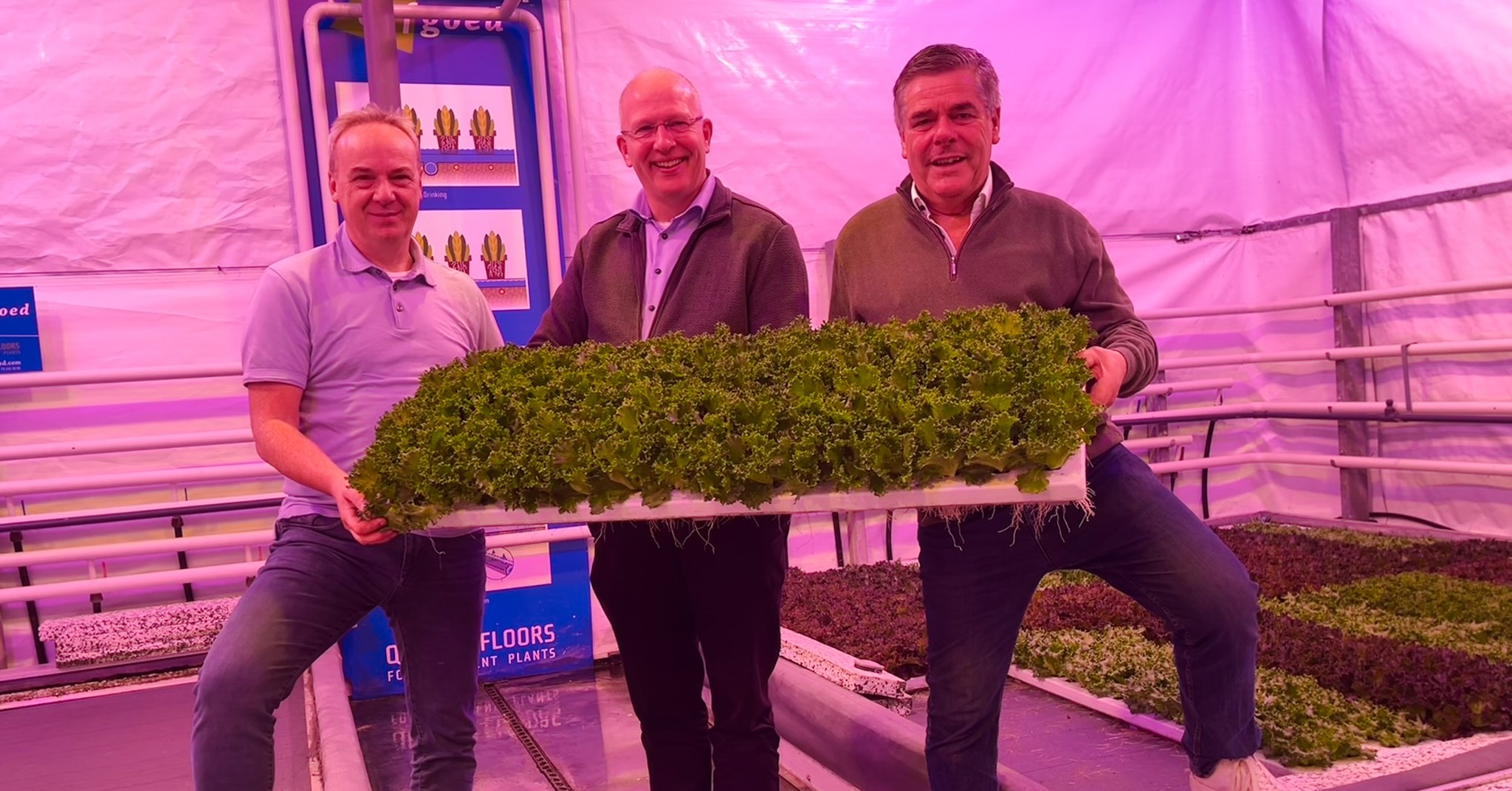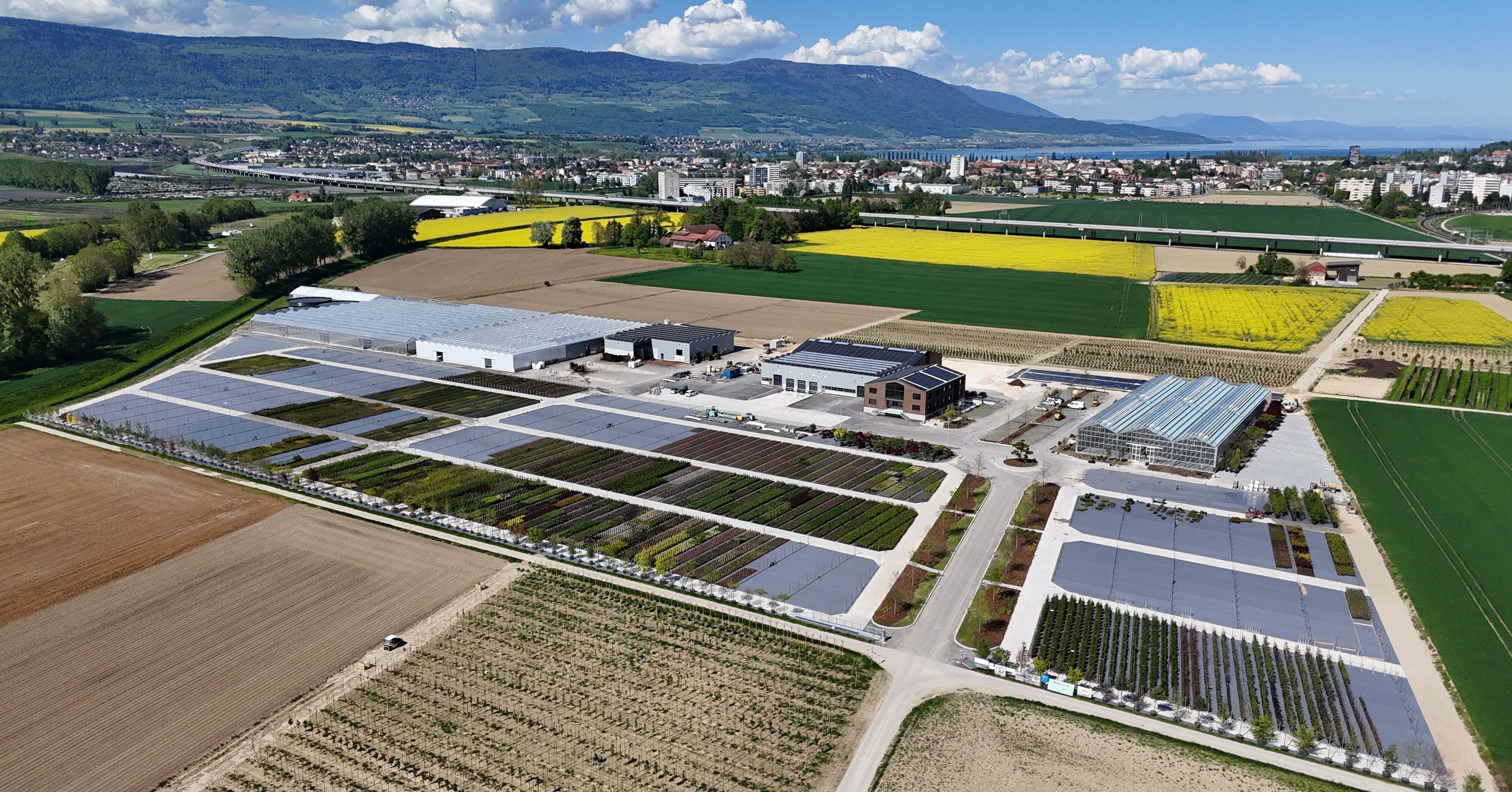- Prefer direct contact? +31 (0)79 593 38 00
- Language: English
Supply security of growers at risk!

Supply security of growers at risk!
Jun 20, 2023 10:26:06 AM
As a grower, you want to be a reliable supplier for your customers and deliver the best quality product. Having access to high-quality irrigation water is then crucial. Water is one of a plant's most important primary needs.
Many growers assume by default that this will be available in sufficient quantities, now and in the future. Yet there are increasing signs that a water shortage for horticulture will no longer be a distant prospect. Indeed: this is quite realistic. As an entrepreneur, it is important to know and anticipate this development.
Water availability worldwide is under pressure. This is partly due to the increasing demand for water as a result of, among other things, population growth and higher standards of living. At the same time, less and less quality water is available due to climate change, deforestation, and water waste. And although water makes up some 71 percent of the globe, only 2.5 percent is usable fresh water.
Water scarcity has an impact on the horticulture sector worldwide
This growing water scarcity is increasingly impacting the agricultural/horticulture sector worldwide. In several countries, the declaration of irrigation bans is already quite normal in times of drought. As a result, growers are temporarily unable to irrigate from surface water. At the same time, water use in the agricultural sector is increasingly scrutinized with a magnifying glass: is it being used in the right way? Is it not being wasted?
This translates, among other things, into increasingly strict and viscous licensing procedures for drilling and using well water. And in some areas, a limit has been put on the amount of water agricultural companies are allowed to use. An increasing number of parties - society organizations and governments - also "think" about water use in the agricultural sector and are stirring this discussion. Just this spring, for example, there was a large demonstration against constructing a water basin for agriculture in France. This is indicative of the development that is taking place.
No water available for growers
In this playing field, it is plausible and likely that the rules will become stricter, for example, regarding water collection, water drainage, discharge of water with fertilizers, etc. And it is certainly possible that water use in horticulture will be (further) restricted in the future. Because if water is scarce, in many cases, the choice will be made to use it first as drinking water or to prevent dehydration of forests - which absorb CO2. This is definitely a concerning development for horticulture worldwide.
Anticipate as grower
It is especially important not to close your eyes to what is happening, but as an entrepreneur, to anticipate this in time. Because the situation is very much location-dependent, it is important to seek rapprochement and contact with parties dealing with your region's water supply. Think of water boards, governments, etc., so that you are aware of what is going on but can also show how and that you use water wisely.
And anticipate proactive, together with the authorities, to determine the future 'water course' instead of having things imposed on you. So you are partly responsible; you can help ensure that a water shortage does not become a reality for your company. And you can continue to guarantee the security of a great supply to your customers in the long term.
Water quality as a point of attention
In addition to water availability, water quality is also a concern for the future. Due to climate change, there is less precipitation, so rainwater will have to be supplemented more often with source, surface, or tap water. The quality of this is not always optimal. For example, spring water often contains too little oxygen, and bicarbonate is too high.
This ensures that elements are not absorbed, and certain fungal diseases are more likely to strike. To address this problem, an acid is often added. However, this is costly, and it takes time for this acid to do its job. As a result, the water cannot be administered to the plants immediately, which can have negative consequences.
And the quality of surface and tap water is not always optimal either. The risk of salinization lurks with surface water - especially in dry periods - while tap water often contains ballast salts and chlorine. In short: the increasing scarcity of water also affects water quality. Be aware of this; look carefully at the rules and what measures you can take, if any. That will help ensure water quality in the future. And that, in turn, is crucial for continuing to guarantee the security of supply to customers.
Do you want to have a call about your water management situation? Click here to plan a call.





